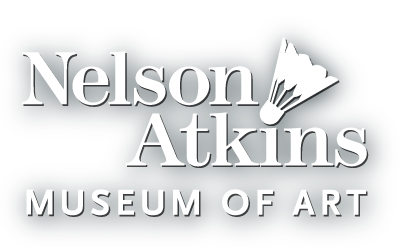Venturi and Blue Pinion
Looking South: A Different Dixie, Birmingham Museum of Art, AL, October 14-December 31, 1988; Memphis Brooks Museum of Art, TN, February 15-April 9, 1989; Sheldon Swope Museum of Art, Terre Haute, IN, May 7-July 2, 1989; Museum of Fine Arts, St. Petersburg, FL, August 6-October 1, 1989; The Columbus Museum, GA, November 15, 1989-January 30, 1990, unnumbered, (Birmingham, Memphis, and Terre Haute only).
The large scale and hard-edged planes of bright colors in James Rosenquist's painting reflect his early employment as a billboard painter. In the 1960s, Rosenquist established himself as a Pop artist but, while his work displays some characteristics of Pop (industrial paints and use of popular imagery from advertising), his position is ambiguous. Unlike other Pop artists, Rosenquist's imagery has included unexpected, unsettling juxtapositions and disproportionate scale.
With Leo Castelli Gallery, New York, by 1984;
Purchased from Leo Castelli Gallery by The Nelson-Atkins Museum of Art, Kansas City, MO, 1984.
Looking South: A Different Dixie ex. cat. (Birmingham: Birmingham Museum of Art, 1988), 15.
“James Rosenquist,” The Kansas City Star (October 21, 1984).
Deborah Emont Scott, “Venturi and Blue Pinion,” A Bountiful Decade: Selected Acquisitions 1977-1987 (Kansas City: The Nelson-Atkins Museum of Art, 1987): 195, (repro.).














